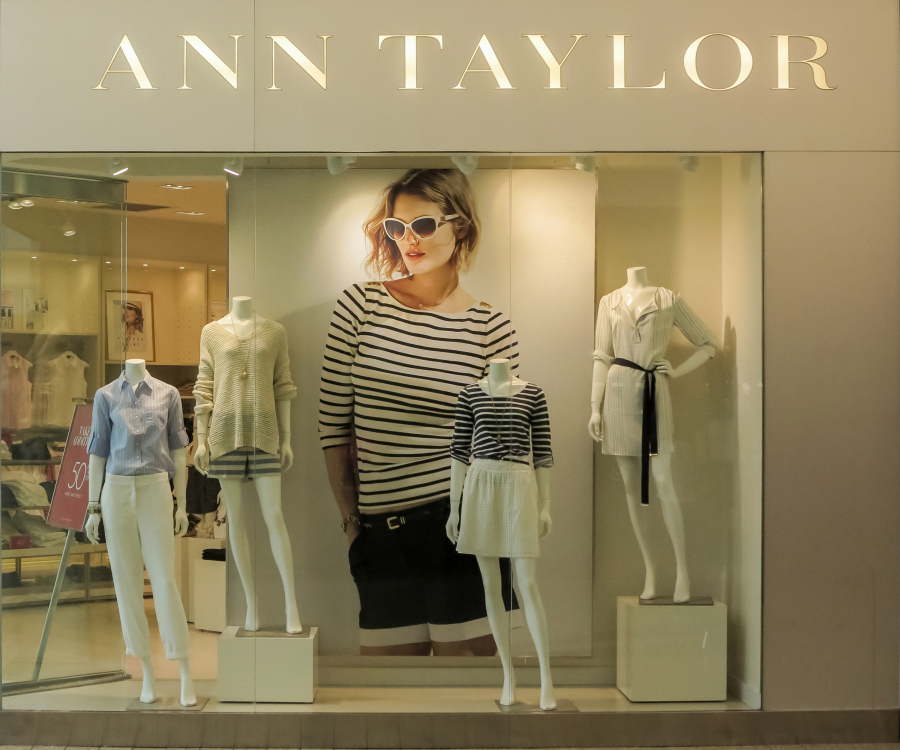LOS ANGELES — Allenby Arakielian, a longtime resident of Los Angeles’ Eagle Rock neighborhood, remembers when the little mall on Colorado Boulevard was the neighborhood hot spot for shopping and dining.
Anchored by Montgomery Ward and May Co. stores when it opened in 1973, the 58-store Eagle Rock Plaza was so popular that old-timers complained it was killing nearby mom-and-pop businesses. But the shopping center has long since been eclipsed, first by bigger malls and then the internet.
“This used to be the place everybody came to, and it isn’t anymore,” said Arakielian, who watched Target take over the failed Montgomery Ward spot, while May Co. morphed into Macy’s. Papered-over windows replaced several chains, including Radio Shack and Anna’s Linens.
“I’m surprised to see Macy’s still open,” Arakielian said on a recent Monday at the mall, where he had been picking up some vitamins.
Consumers’ increasing enthusiasm for buying online claims more retail victims every week.
Earlier this month, children’s clothing seller Gymboree Corp. filed for bankruptcy protection and said it intends to close some of its 1,281 locations.
That followed the parent company of Ann Taylor, Lane Bryant and other women’s clothing stores saying it plans to close up to 667 locations in the next two years.
Before that, luxury brand Michael Kors Holdings said it expects to shut 100 to 125 out of its 827 stores to focus on expanding in Asia and to adjust to the mushrooming growth of online shopping.
It’s all part of one of the biggest disruptions in shopping patterns since the mail-order catalog was invented.
The communal shopping experience is fast giving way to the convenience of clicking on a virtual cart on an electronic screen. Amazon.com and other internet titans have reaped the benefit as conventional brick-and-mortar merchants report that shopper visits are plunging.
No end in sight
Retail experts don’t see the shift easing anytime soon.
“We’re probably in the fourth or fifth inning” in the industry’s shakeout, said Ronald Friedman, co-head of the retail practice at Marcum, an accounting and advisory firm.
“Everyone is looking at their business model and saying, ‘We need to change and we need to get rid of the bad stores and focus on the stores that are good so we can make some money,’ ” Friedman said.
The change has upended the retail industry, with conventional retailers such as Macy’s Inc., Sears Holding Corp. and J.C. Penney Co. — all familiar anchors of shopping malls nationwide — also closing stores.
Other chains such as Payless ShoeSource Inc. have closed locations because, like Gymboree, they’ve entered bankruptcy reorganization. Still others, such as sporting goods chain Sport Chalet, went out of business.
Investment firm Credit Suisse recently estimated that between 20 percent and 25 percent of the nation’s malls would close in the next five years as e-commerce pulls more shoppers away from conventional outlets.
Apparel sales in particular are expected to account for 35 percent of all e-commerce by 2030, double their 17 percent share today, the Credit Suisse report said.
The wave of store closures is likely to continue for at least another year, said Pam Danziger, president of consulting firm Unity Marketing. “People often do not need to go to the store anymore to buy things,” Danziger said. “Time really is a luxury and people are recognizing that today when it comes to shopping.”
Mall and store operators “are starting to wake up to the fact that they’ve got to change” with the shift in how consumers view shopping, especially when it comes to millennials age 18 to 34, Friedman said. “Millennials, and the way they want to shop, are dictating the marketplace today,” he said.



